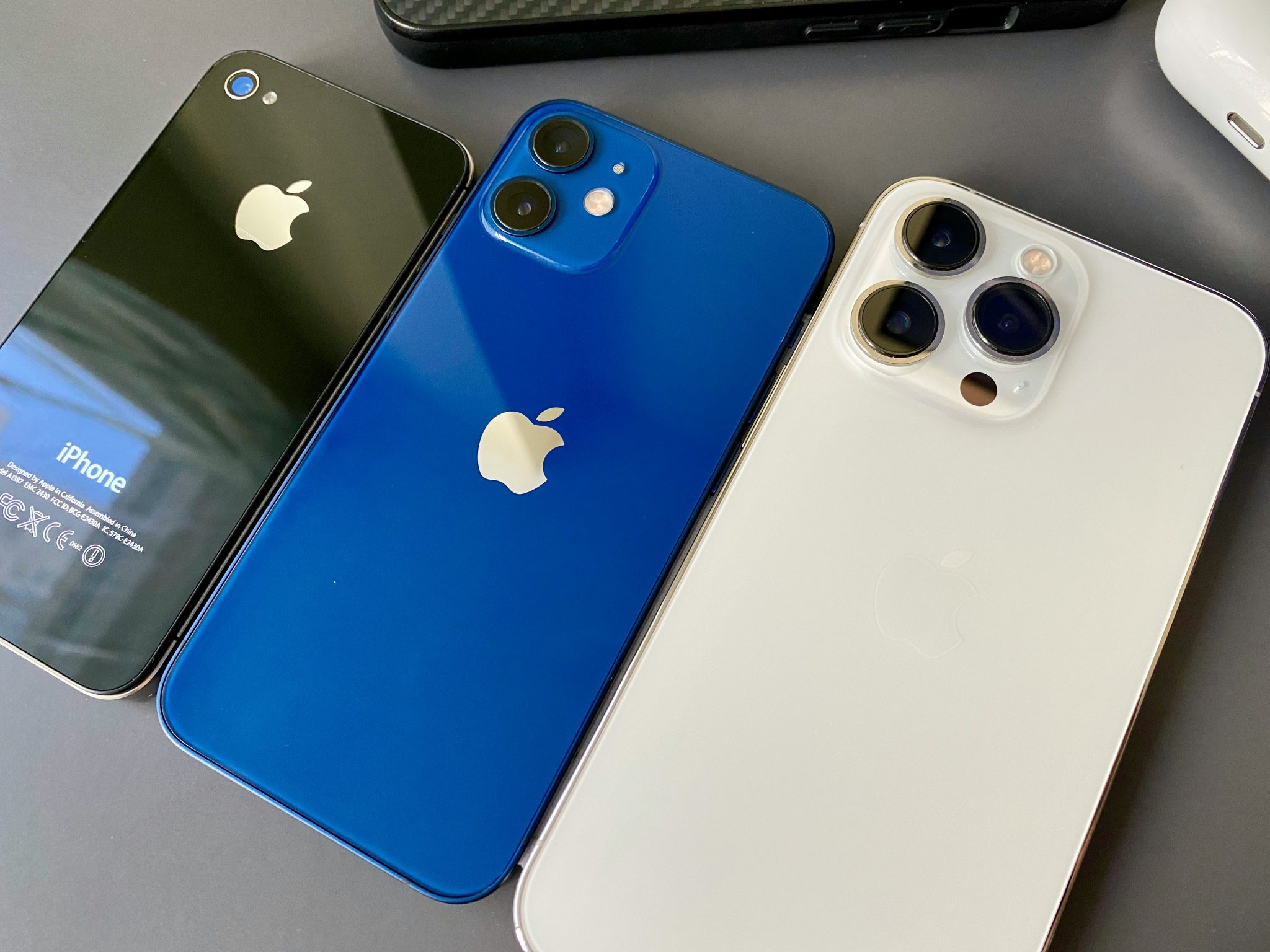If you’ve followed Apple over the years, you’ll notice something fascinating they never stop reinventing their cameras. Every new iPhone, from the iPhone 11 all the way to the iPhone 17 lineup, reflects not just better hardware but also the story of Apple camera evolution, showing Apple’s obsession with listening to users and adapting to what really matters most.
But one thing must remain constant: listening, adapting, and solving problems better than before.
Let’s walk through Apple’s journey with iPhone cameras and see how their evolution mirrors the sales process.
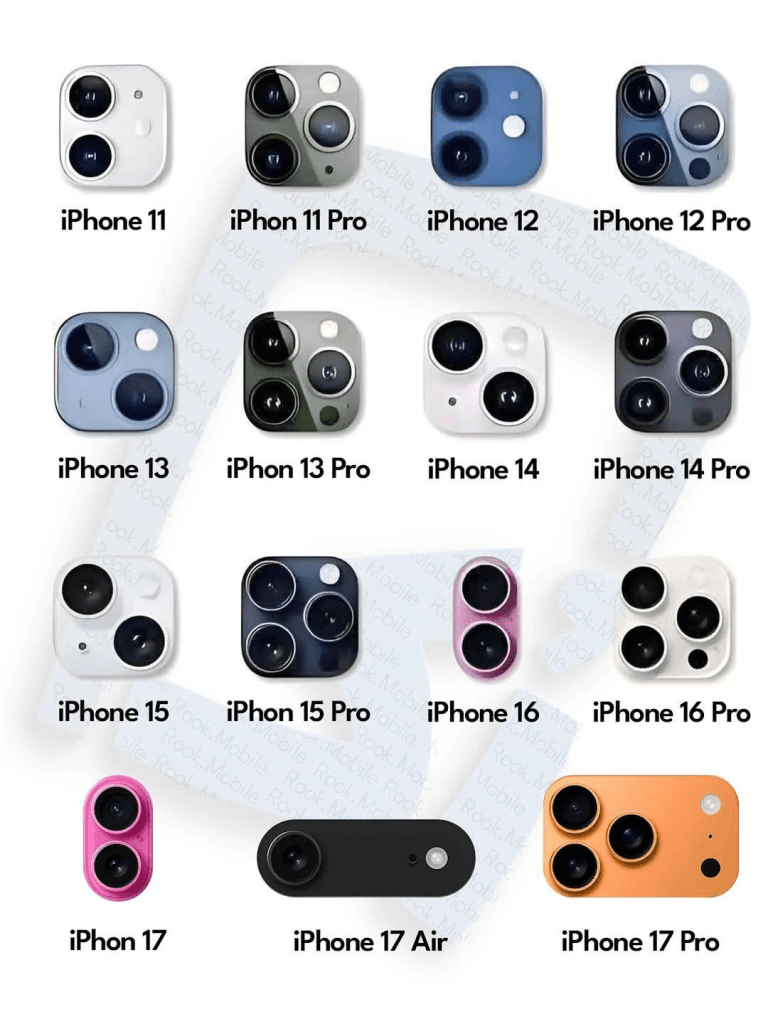
The Early iPhone 11 Days: Starting Simple but Reliable
The iPhone 11, released in 2019, had a dual-camera system that was a big leap from previous models. It was simple, clean, and offered features like Night Mode for better low-light photography.
Why did it work? Because Apple had been listening. People wanted better photos in the dark, and Apple delivered.
Sales Lesson: Early on, your product doesn’t need to be overloaded with features. It just needs to solve your customer’s most pressing problem. Apple didn’t overcomplicate things they fixed the biggest frustration users had at the time.
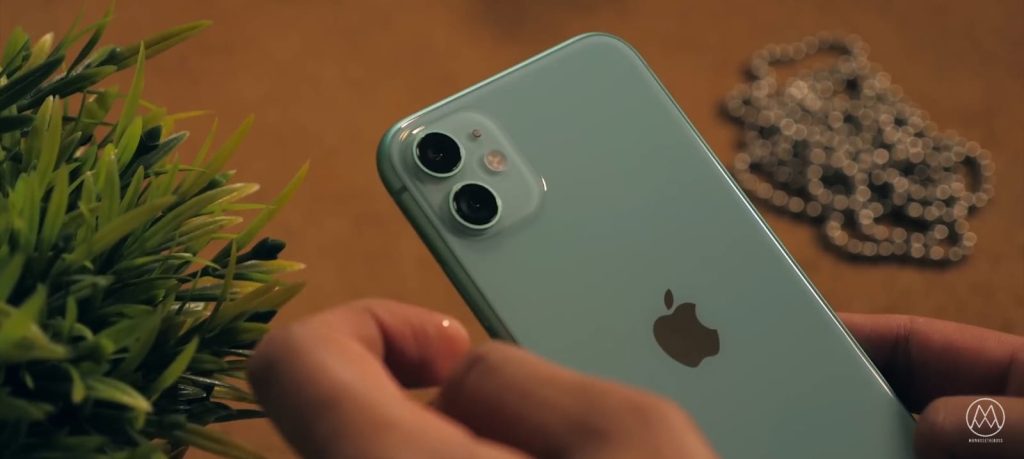
The Pro Era Begins: iPhone 11 Pro and iPhone 12 Pro
Then came the Pro models. With the iPhone 11 Pro and iPhone 12 Pro, Apple introduced triple-lens systems wide, ultra-wide, and telephoto. Suddenly, regular people had the tools to shoot cinema-quality photos and videos right from their pockets.
Apple was no longer just selling a phone. They were selling the idea that you could be a creator.
Sales Lesson: Once your product matures, your pitch must expand. You’re not just solving problems anymore you’re showing your customers new possibilities. You’re selling transformation, not just a tool.

Refining the Experience: iPhone 13 and iPhone 14
With the iPhone 13 and iPhone 14 series, Apple doubled down on making cameras smarter. Features like Cinematic Mode let videos look like Hollywood productions. Improvements in computational photography meant even casual users could take professional-looking shots without knowing anything about editing.
Apple realized that while people loved powerful cameras, not everyone wanted to fiddle with settings. The solution? Automate brilliance.
Sales Lesson: As your buyer base grows, you’ll notice not everyone has the same expertise or patience. Some want power, others want simplicity. Adapting means building solutions that work for both the expert and the beginner.
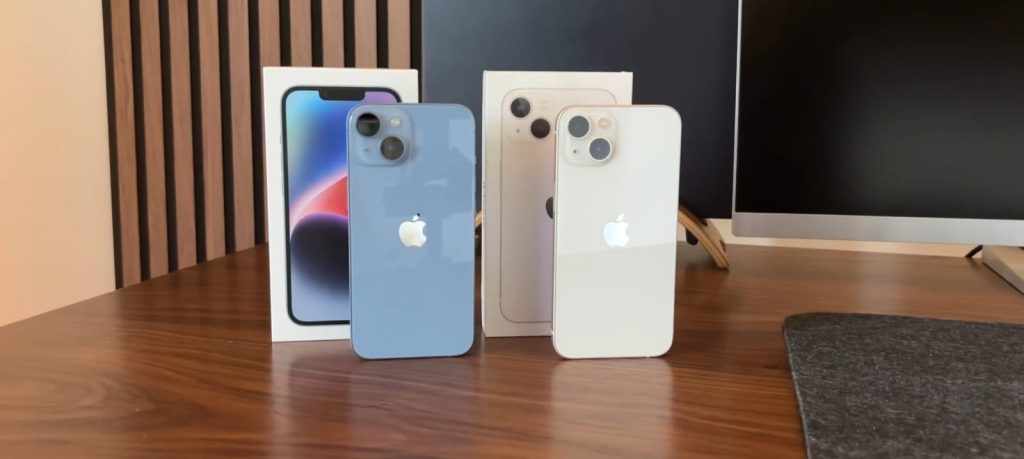
The iPhone 15 Series: Polishing the Pro Formula
By the time we got to the iPhone 15 and iPhone 15 Pro, Apple was laser-focused on refining the Pro experience. Lighter titanium builds, 5x telephoto zoom on the Pro Max, and smarter low-light improvements kept Apple ahead in the photography game.
What stands out here is Apple’s ability to perfect, not just invent. Each update was based on subtle but meaningful improvements that users actually cared about.
Sales Lesson: Innovation doesn’t always mean reinventing everything. Sometimes it means listening to feedback and polishing the details that matter most. Small improvements can create massive customer loyalty.

The iPhone 16 Leap: Versatility and Playfulness
The iPhone 16 and iPhone 16 Pro introduced new playful designs and continued Apple’s tradition of pushing camera systems forward. Whether it was better stabilization, new AI-driven photography tools, or bolder design choices, Apple kept things fresh while staying true to its identity.
Why? Because people don’t just want functionality they want something that feels fun, exciting, and different.
Sales Lesson: Buyers get bored fast. It’s not enough to solve problems you need to re-spark interest. Surprise your customers. Give them something to talk about. Keep your product (and your sales pitch) exciting.
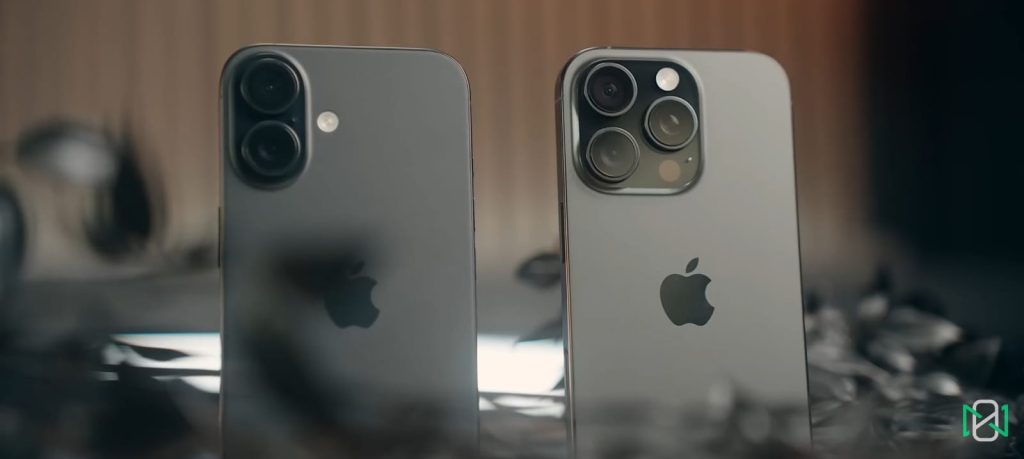
The iPhone 17 Lineup: A New Design Language
Fast forward to the iPhone 17 family, and you can see how Apple has truly evolved. The standard iPhone 17 has a playful dual-camera layout in bold colors. The iPhone 17 Air strips things down with a minimalist horizontal camera bar. Meanwhile, the iPhone 17 Pro blends power and style with bold new finishes.
At this point, Apple isn’t just competing on specs. They’re creating identity through design. Each version is meant to appeal to different types of buyers: the casual user, the minimalist, the professional.
Sales Lesson: As markets mature, segmentation matters. Not every buyer wants the same thing. Some want power. Some want simplicity. Others want style. If Apple can reinvent its lineup to match different user identities, your sales approach can do the same for different customer personas.
Read More: iPhone 17 Review: Hands-On with the Air, Pro, and Pro Max – Features, Performance, and Accessories
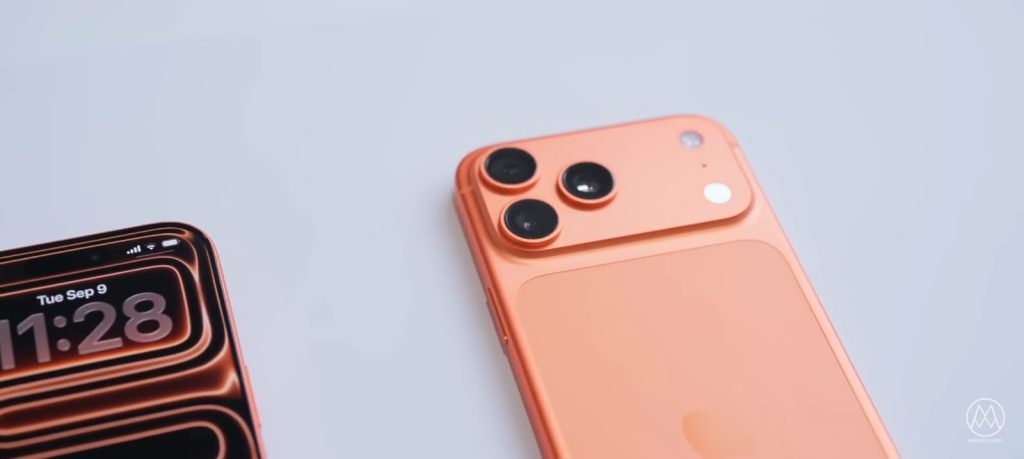
The Constant Thread: Listening and Adapting
When you zoom out, the pattern is clear:
- Apple didn’t guess. They listened to what people wanted.
- They didn’t stay stuck. Each year, they adapted whether that meant adding new lenses, smarter software, or playful designs.
- They kept solving problems better. From low light to zoom, from simplicity to pro-grade tools, every step was about addressing the next pain point.
That’s the exact same playbook great sales teams use.
The Sales Parallel: Reinventing Like Apple
Think about your own sales approach.
- Your product will change. Just like the Apple camera evolution, your solution will grow and adapt to new markets.
- Your pitch will change. The story that works today won’t be the one that works tomorrow. You’ll need to refresh how you talk about value.
- Your buyer’s needs will change. Just as Apple’s customers shifted from “I want better photos” to “I want to make movies on my phone,” your customers’ priorities will evolve.
But the constant?
Listening, adapting, and solving problems better than before.
That’s the real lesson from Apple camera evolution journey.
Final Takeaway:
If Apple can reinvent iPhone cameras every year keeping millions of customers excited for the next big thing then you can reinvent your sales approach every quarter.
Don’t wait until your pitch feels stale. Don’t assume your buyers’ problems are the same as last year. Pay attention, adjust, and bring something new to the table.
Because whether it’s photography or sales, the winners aren’t the ones who stand still. They’re the ones who keep moving, keep improving, and keep solving problems better than anyone else just like we read about the Apple camera evolution.
